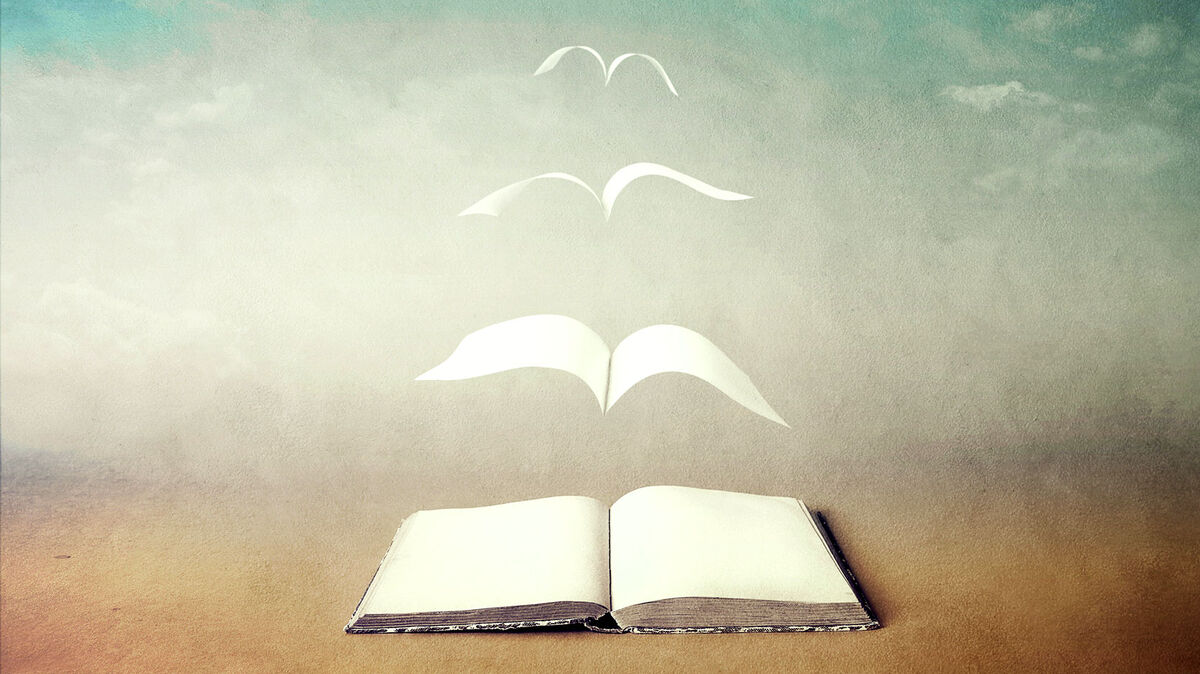
Surrealism in literature is a revolutionary artistic movement that seeks to unlock the power of the subconscious mind, creating works that challenge logic, embrace the irrational, and blur the boundaries between dreams and reality. Emerging in the early 20th century, surrealist literature rejects traditional storytelling structures, instead favoring abstract imagery, stream-of-consciousness writing, and unexpected juxtapositions.
From André Breton’s manifestos to the dreamlike prose of Franz Kafka and Jorge Luis Borges, surrealist writers push the limits of human perception, questioning the nature of reality, identity, and free will. This article explores the origins, characteristics, key figures, and lasting influence of surrealism in literature.
Origins of Surrealist Literature

Surrealism in literature evolved from Dadaism, an anti-establishment movement that emerged during World War I. While Dada embraced chaos and absurdity, surrealism sought to explore the depths of the unconscious mind, inspired by Freudian psychoanalysis and automatic writing techniques.
André Breton: The Father of Surrealism
📖 In 1924, André Breton, a French poet and writer, published the Surrealist Manifesto, defining surrealism as:
“Pure psychic automatism by which it is intended to express… the true functioning of thought, in the absence of any control exercised by reason, beyond aesthetic or moral preoccupations.”
Breton and other surrealist writers believed that rationality limited creativity, and that tapping into the subconscious mind would reveal deeper truths about human nature.
🌍 Key influences on surrealist literature:
- Sigmund Freud’s theories on dreams and the unconscious
- Symbolist and Dadaist poetry
- Eastern mysticism and automatic writing techniques
Characteristics of Surrealist Literature
Surrealist literature challenges conventional storytelling with bizarre imagery, dreamlike sequences, and philosophical depth.
1. Dream Logic & The Unconscious Mind
🌙 Surrealist writers blend dreams and reality, creating a world where anything is possible.
🔹 Example: In Franz Kafka’s The Metamorphosis, the protagonist wakes up transformed into a giant insect with no explanation.
2. Automatic Writing (Écriture Automatique)
✍ Writers allow their thoughts to flow freely without censorship, producing raw, subconscious-driven text.
🔹 Example: André Breton’s Nadja (1928) is written in a stream-of-consciousness style that follows random, dreamlike encounters.
3. Juxtaposition of Unrelated Elements
🔀 Surrealist literature combines seemingly unrelated images and ideas to create strange, thought-provoking contrasts.
🔹 Example: In Federico García Lorca’s poetry, a “weeping guitar” or “the moon with a knife in its mouth” conveys deep emotion through unexpected imagery.
4. Illogical & Nonlinear Storytelling
📖 Traditional plots are often abandoned in favor of fragmented, irrational, or cyclical narratives.
🔹 Example: Jorge Luis Borges’ The Garden of Forking Paths (1941) explores a labyrinthine structure where time branches infinitely.
5. Absurdity & Existential Questions
❓ Surrealist works often examine existential dread, fate, and human identity, questioning reality itself.
🔹 Example: Samuel Beckett’s Waiting for Godot (1953) presents two characters endlessly waiting for a figure who never arrives, symbolizing the absurdity of human existence.
Key Writers & Their Works
1. André Breton (1896–1966) – The Surrealist Manifesto & Nadja
✔ Defined surrealism and promoted automatic writing as a creative method.
✔ Nadja (1928) – A semi-autobiographical novel filled with dreamlike encounters and philosophical reflections.
📜 Famous Quote:
“Everything tends to make us believe that there exists a certain point of the mind at which life and death, the real and the imagined… cease to be perceived as contradictions.”
2. Franz Kafka (1883–1924) – The Metamorphosis
✔ Master of absurdist and existential surrealism.
✔ The Metamorphosis (1915) – A story where a man transforms into an insect overnight, exploring alienation and absurdity.
📜 Famous Quote:
“I am free and that is why I am lost.”
3. Jorge Luis Borges (1899–1986) – The Garden of Forking Paths
✔ Blended surrealism with metafiction, philosophy, and magical realism.
✔ Explored infinite realities, labyrinths, and paradoxes.
📜 Famous Quote:
“Time forks perpetually toward innumerable futures.”
4. Federico García Lorca (1898–1936) – Poet in New York
✔ Merged surrealism with Spanish folklore and political themes.
✔ Poet in New York (1940) – A collection of surreal, emotionally charged poems about urban alienation and oppression.
📜 Famous Quote:
“The duende… where the forms melt away and the artist reaches the edge of the abyss.”
5. Samuel Beckett (1906–1989) – Waiting for Godot
✔ A pioneer of absurdist literature and existential surrealism.
✔ Waiting for Godot (1953) – A play where nothing happens, yet everything is questioned, reflecting the meaninglessness of existence.
📜 Famous Quote:
“We are all born mad. Some remain so.”
Impact & Legacy of Surrealist Literature
🔹 Influence on Modern & Postmodern Literature
✔ Inspired authors like Haruki Murakami, Gabriel García Márquez, and Italo Calvino.
✔ Helped shape magical realism, absurdist fiction, and experimental poetry.
🔹 Surrealism in Popular Culture
- David Lynch’s films (Eraserhead, Mulholland Drive) use surreal storytelling.
- Musicians like The Beatles & Pink Floyd incorporate surrealist themes in their lyrics.
- Graphic novels & comics, such as Sandman by Neil Gaiman, use dreamlike narratives.
📜 Surrealism remains a powerful literary force, challenging our understanding of reality and pushing creative boundaries.
Final Thoughts: The Enduring Magic of Surrealist Literature
Surrealism in literature is more than a style—it’s a portal into the subconscious mind, where reality dissolves into dreams, and logic is replaced by emotion and intuition. Whether through Kafka’s nightmarish transformations, Borges’ labyrinths, or Lorca’s poetic imagery, surrealist literature invites readers to explore the mysteries of existence, perception, and imagination.
🌙 What’s your favorite surrealist book or poem? Share your knowledge below! 📖✨







